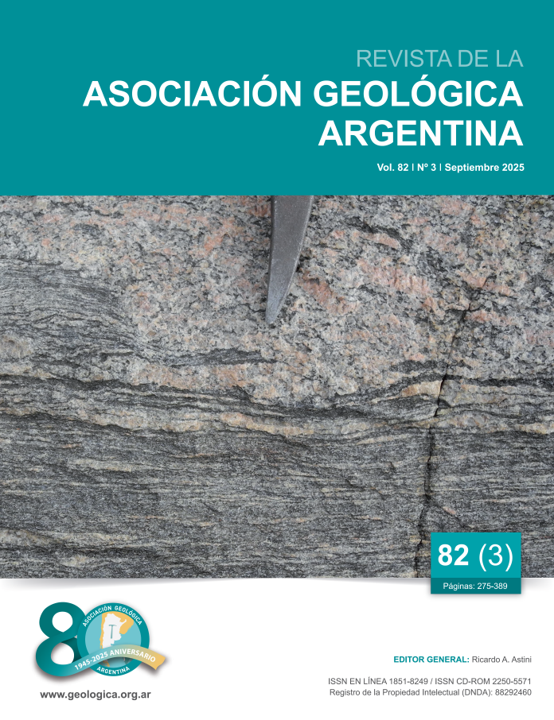Morphosedimentary models of urban drainages in the coast of Vicente López applied to environmental management.
Main Article Content
Abstract
Coastal systems are highly dynamic, and when modified by human activities, their behavior becomes difficult to predict. Morphodynamics and ecology are closely interconnected; therefore, effective management requires a comprehensive understanding of both aspects. This study analyzes the geomorphology and sedimentary dynamics of the fluvial channels formed by the progradation of the
Vicente López coast in the late 1990s. The results show that the sediments in these channels are mostly muddy sands with a high organic matter content and display sedimentary grading toward the mouth (estuary). Water quality varies seasonally: during summer, anoxic conditions, low oxygen levels, and high concentrations of nitrates and ammonium are recorded, whereas aerobic environments prevail during the rest of the year. During the extreme drought of 2023, no cyanobacterial blooms were observed; however, high levels of ammonium, biochemical oxygen demand (BOD), and chemical oxygen demand (COD) were detected, possibly linked to treated wastewater discharges. This study provides insights to support environmental management and promote the sustainable development of the Vicente López coastal corridor. The findings highlight the need to: (a) reduce effluent discharge into the channels, particularly during summer; (b) preserve riparian forests and stream systems that have developed over the past two decades; (c) regulate fishing activities at stream mouths; (d) implement management policies grounded in the geomorphological and ecological functions of the
streams; (e) prevent disturbance of bottom sediments; and (f) enhance public awareness of the ecological value of urban green spaces and their associated ecosystems.
Article Details

This work is licensed under a Creative Commons Attribution-NonCommercial 4.0 International License.
Nota de copyright
Los autores conservan los derechos de autor y garantizan a la revista el derecho de ser la primera publicación del trabajo licenciado según una licencia de atribución Creative Commons que permite a otros compartir el trabajo con el reconocimiento de la autoría y de la publicación en la que se publicó por primera vez.
Declaración de privacidad
Los nombres y direcciones de correo electrónico introducidos en esta revista se usarán exclusivamente para los fines declarados por esta revista y no estarán disponibles para ningún otro propósito u otra persona.

